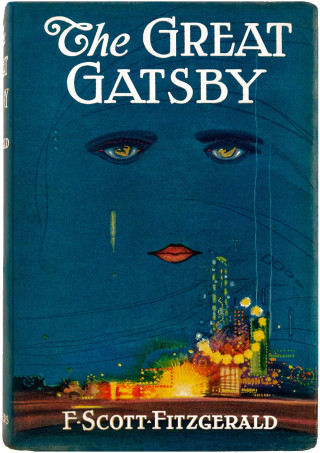In addition to his Post covers, Leyendecker was well-known for his advertising campaigns for Kellogg’s Cereal, Ivory Soap, Chesterfield Cigarettes, and Procter & Gamble. He created his most famous campaign for shirt and collar manufacturer Cluett, Peabody & Company in 1905. Leyendecker convinced Charles M. Connolly at Cluett to allow him to invent a character who could embody “an ideal American man” and represent the company’s Arrow brand products, creating what is often called the first full advertising campaign. Ads had existed before, but the Arrow Collar Man was the first mascot to embody a brand over a series of advertisements and across many years. The goal was to sell “not just a shirt but the promise of urban sophistication,” according to Norman Rockwell biographer Deborah Solomon.
Over the next few decades, the fictional Arrow Collar Man became an icon, supposedly receiving more fan mail in the 1920s than any male film star of the decade. In an era before the Marlboro Man and Calvin Klein underwear models, the Arrow Collar Man gave Americans an iconography of style and status that would be longed for and lusted after for at least a half century, in which two world wars would come and go but a particular image of masculinity would remain fairly dominant. As Time Magazine once said of the Arrow Collar Man, “All the men wanted to look like him. All the young ladies just plain wanted him.”
Yet though all the ladies wanted him, it was Leyendecker himself who had him. The inspiration for the Arrow Collar Man was Charles Beach, Leyendecker’s main model, muse, and live-in lover. The Cutlers claim that Leyendecker “enjoyed the irony of painting Charles as a prototype, the classic all-American male.” For the time, it would certainly have been subversive and risky to base the country’s most prominent symbol of haughty masculinity on Leyendecker’s own gay lover. Their forbidden love was in everyone’s faces in the ads of one of the country’s most prominent clothing manufacturers and on the covers of America’s favorite conservative magazine, though it remained hidden in plain sight—so much so that few sources even mentioned Leyendecker’s homosexuality until fairly recently. The Arrow Collar Man specifically, and the Leyendecker Man more generally, became the model of style, sophistication, and masculinity. Today the clearest iconographic connection still lingering in the cultural consciousness is likely to be F. Scott Fitzgerald’s The Great Gatsby.
